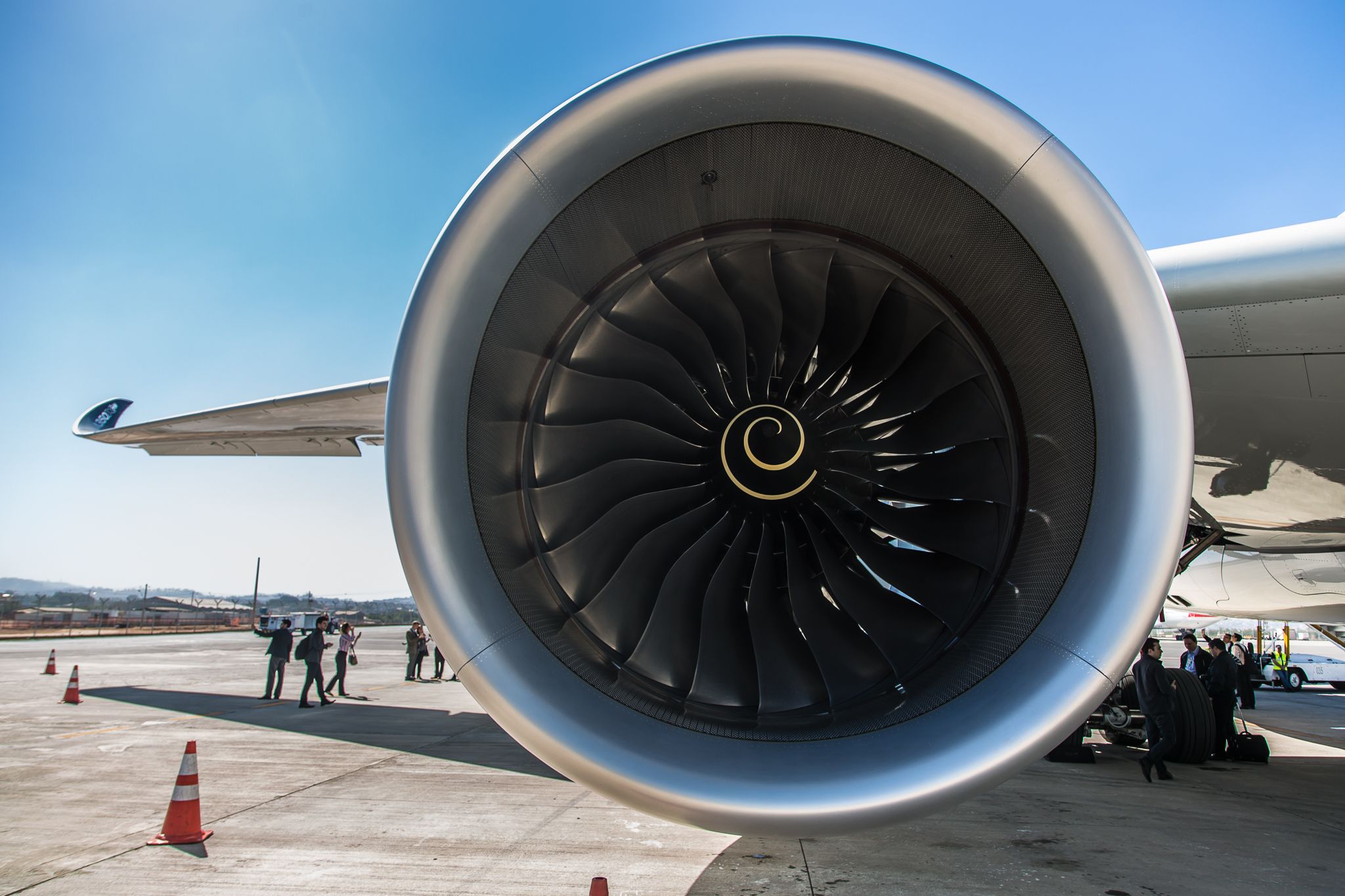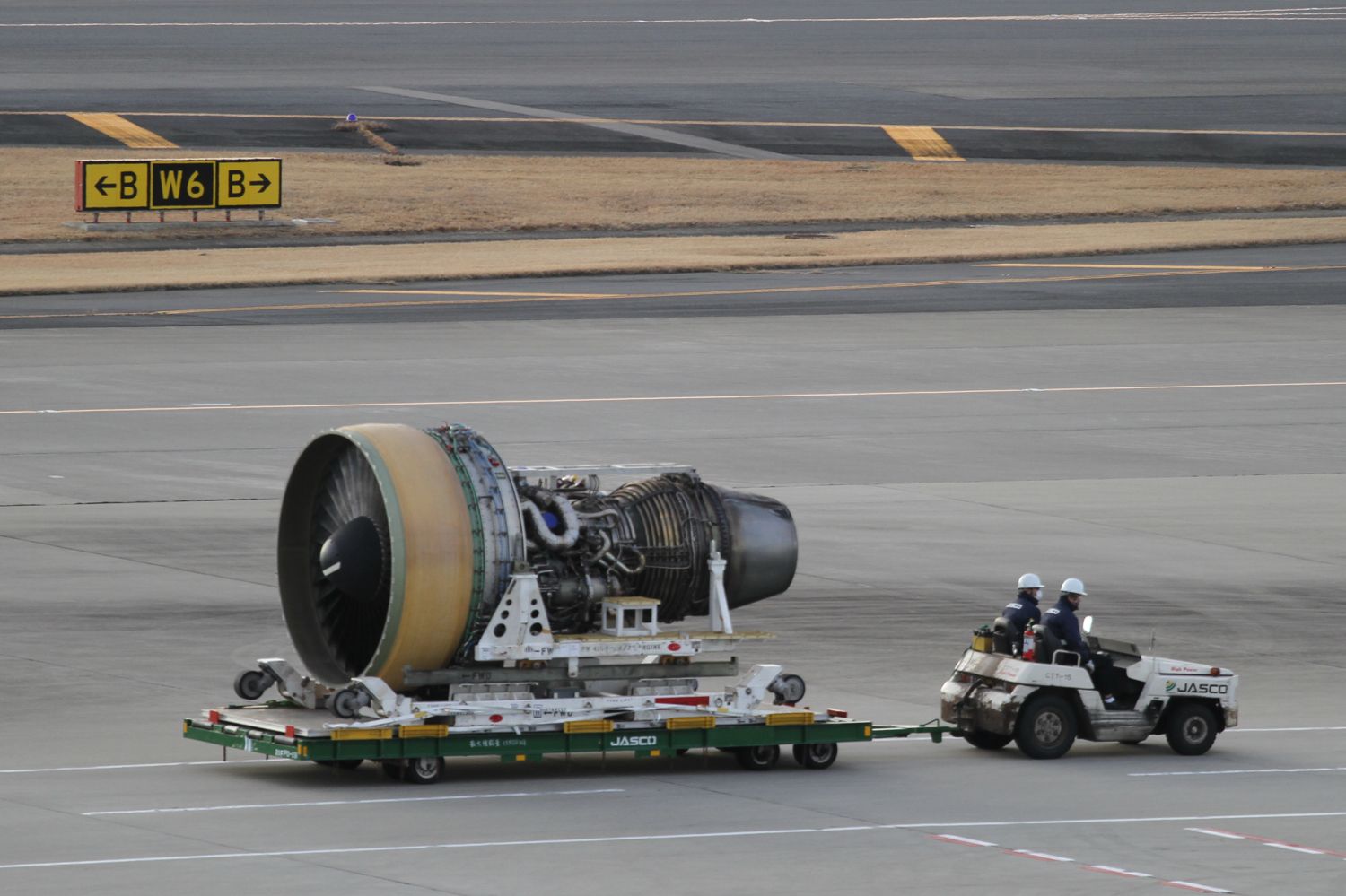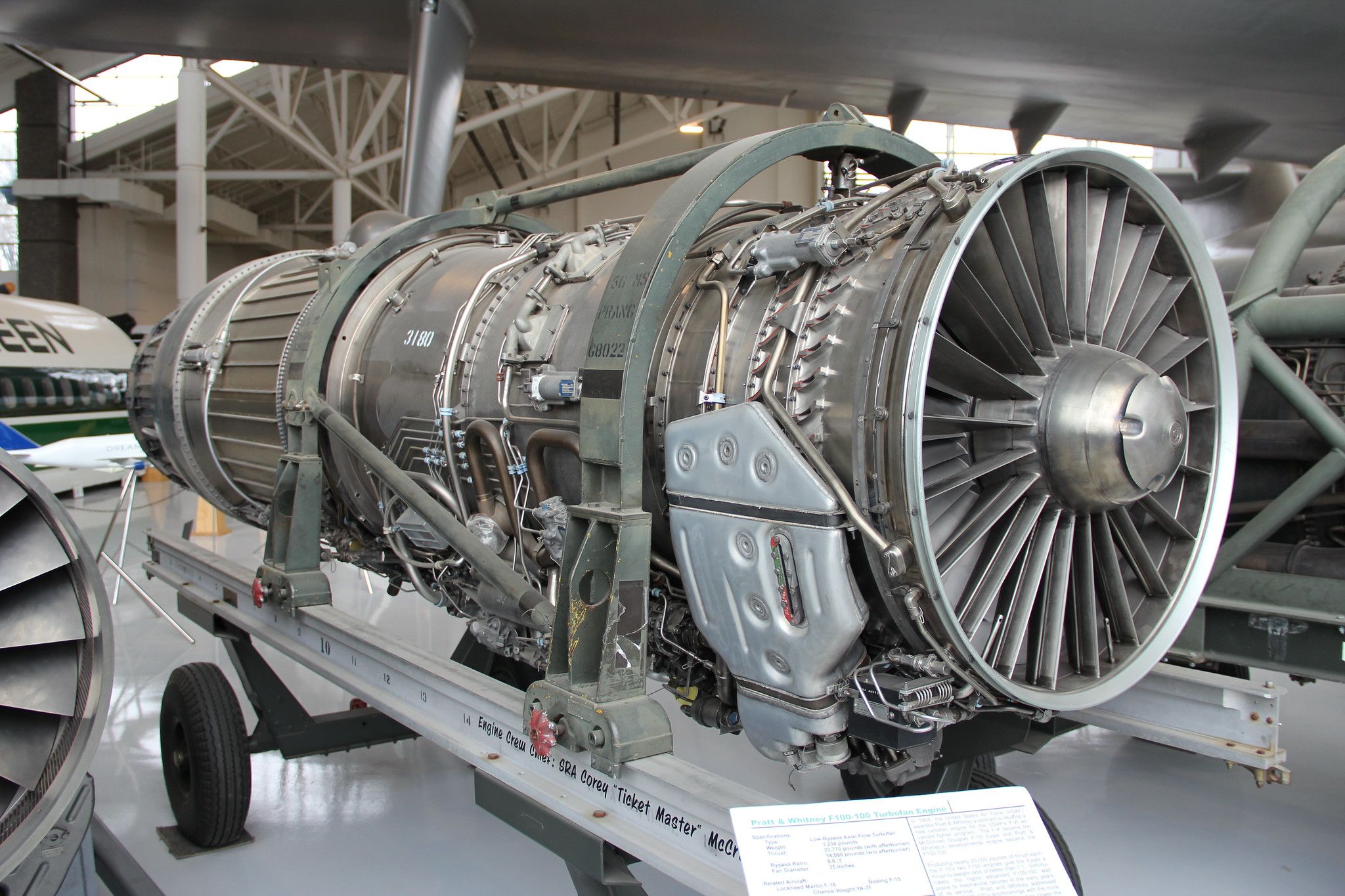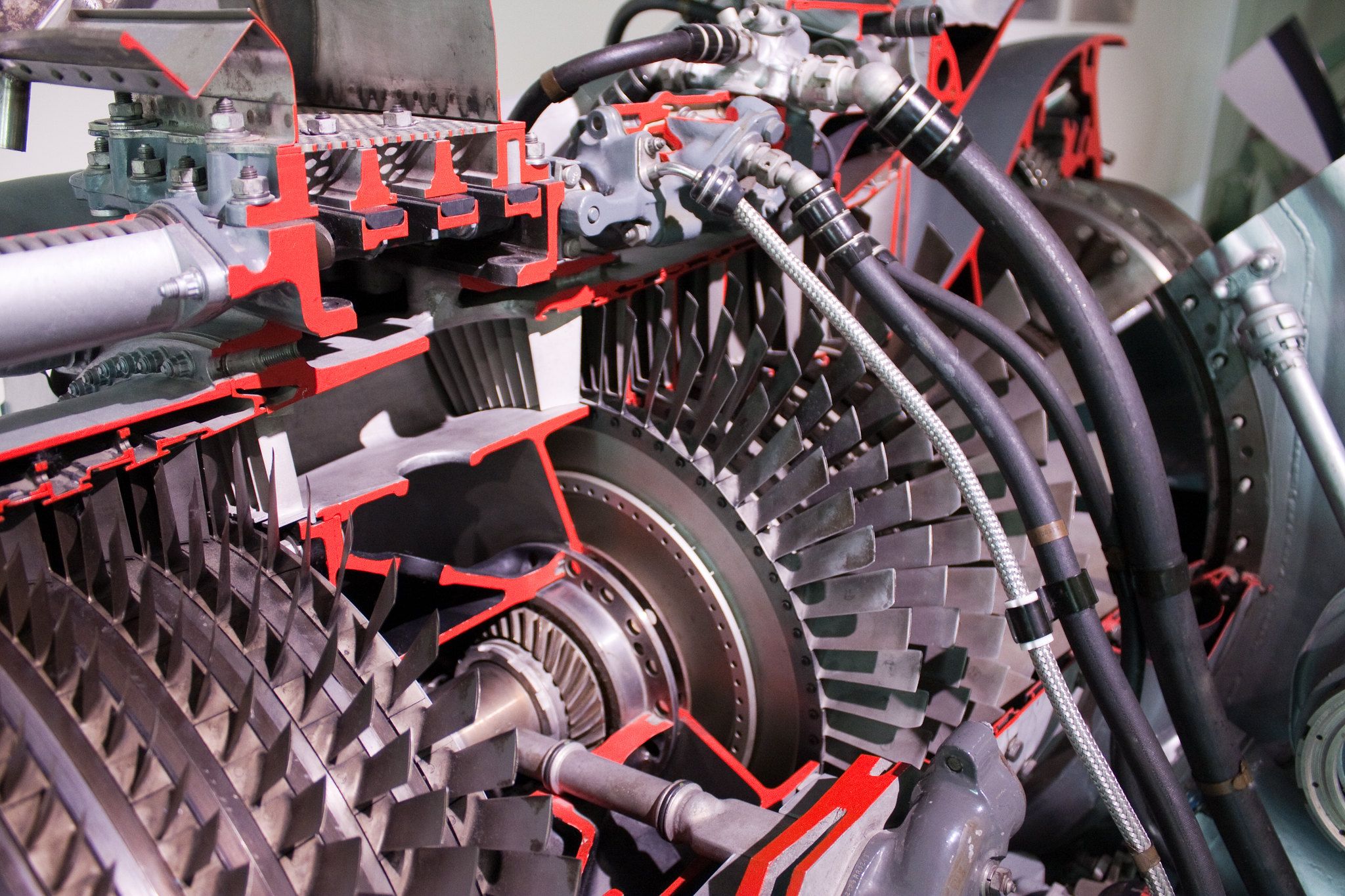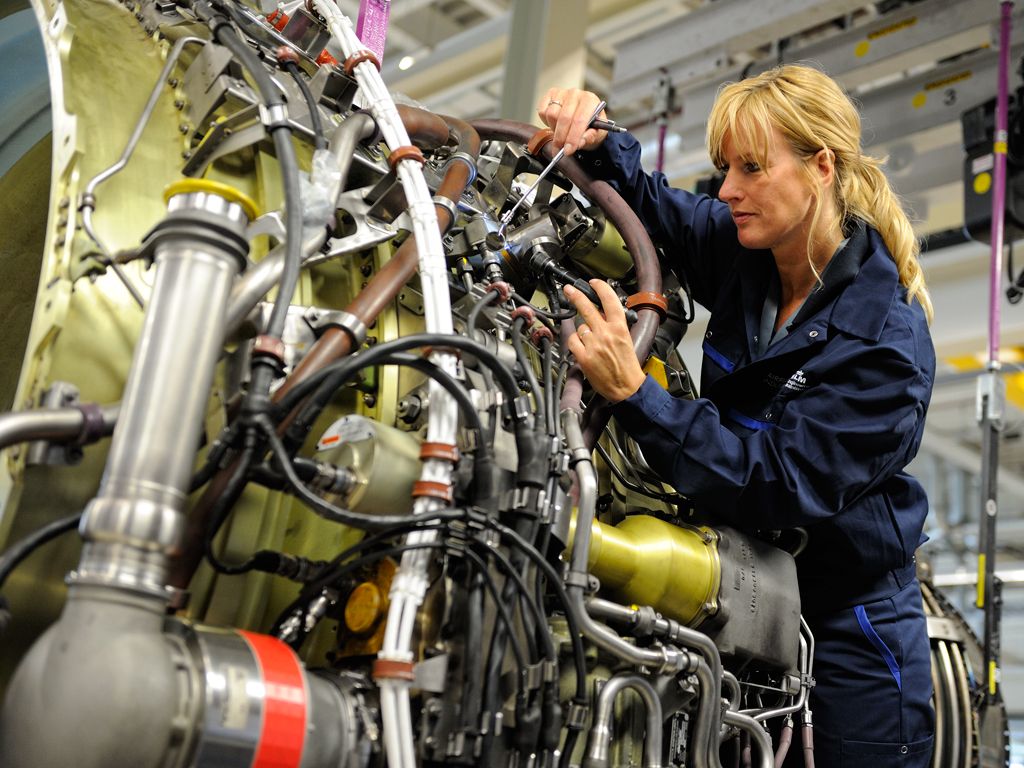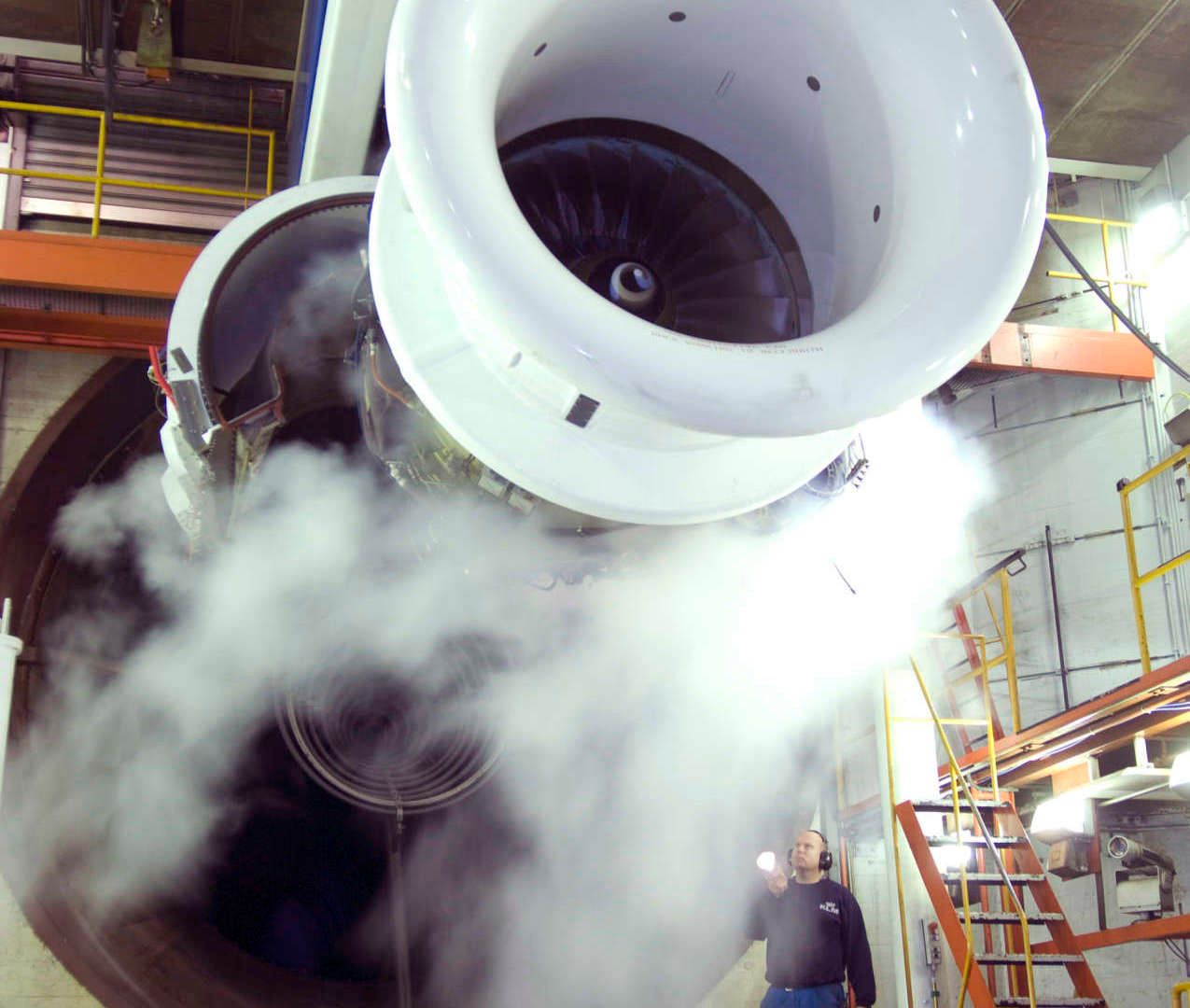Aircraft engines are complex machines that require immaculate maintenance, repair, and overhaul at various intervals throughout their lifetime. Aircraft engines are subject to extreme wear due to vibrations caused by rotating components. Moreover, constant exposure to varying climates results in physical and material stresses on the engine.
Generally, a jet engine requires a complete overhaul every 5,000 flight hours or 3,000 flight cycles. The definition of a flight cycle may differ across different OEMs, but as a rule of thumb, it is the heating of the engine to a specific power, followed by cooling.
Complete overhauling of the jet engines is a synchronized step-by-step process that is undertaken at a certified Maintenance, Repair, and Overhaul (MRO) facility.
Step 0: Removal and induction
The power plant is dismantled from the aircraft, and the cowlings, exhaust, and various other systems are removed. The engine arrives at the MRO facility in a dirty condition, and the maintenance history is identified. An overhaul work scope is defined, which includes the level of repair needed on the engine during its visit.
Step 1: Incoming inspection
The engine is given a thorough bath with water and specialized fluids to remove any dirt and surface deposits. A thorough cleaning is necessary to conduct a visual inspection to identify apparent damage and wear. Additionally, a borescope (a flexible tube with a camera to visualize tight spaces) inspection is carried out to identify wear and cracks on the inside.
Step 2: Disassembly
At the engine bay, the engine is disassembled into modular sections, such as the fan section, compressor section, combustion section, turbine section, and the accessory drive section. Each module is sent to its respective modular bay, where further dismantling of the parts take place.
A typical jet engine consists of anywhere between 30,000 and 40,000 individual parts. Each part is labeled according to its module, and organized for the next step.
Step 3: Cleaning and repair
Depending on the processing methods described in the OEM manual, individual piece parts enter the cleaning line before each part is individually inspected. Certified inspectors mark the parts as serviceable, repairable, or rejected (scrap). While the serviceable parts are temporarily stored to be used during assembly, repairable parts are sent for overhauling and certification.
Specialized mechanics examine and repair parts according to repair manuals. It is important to note that life-limited parts (LLPs) have to be replaced during the overhaul process. Such parts do not make it to the cleaning or inspection lines and are discarded upon disassembly.
Step 4: Assembly
Individual modules are assembled with serviceable (new and repaired) parts. The rotating components, such as the blades and the fan, are balanced according to the limits to prevent excessive vibration during operation. Each completed module arrives at the assembly line before the engine is rebuilt.
Step 5: Testing
The engine goes into the test station, where it is subjected to operating conditions. The engine is put through the toughest of conditions, including varying speeds and temperatures. If crucial performance parameters are within acceptable limits, the engine passes the test.
The engine is removed from the test station, and upon a final visual inspection, an airworthiness certificate is issued. At this time, the zero-countered shiny engine is ready to go on the wing and resume flights for years.
Time and cost
For a complete overhaul, a jet engine may spend anywhere between 60 and 90 days at an MRO facility. The clock starts when the engine is inducted into the shop and ends with the issuance of the airworthiness certificate.
The average cost of a complete overhaul can be one-fourth of the engine price when new. Large engines can cost between $2m and $5m for a complete overhaul.
What are your thoughts on the process of a jet engine overhaul? Tell us in the comments section.

